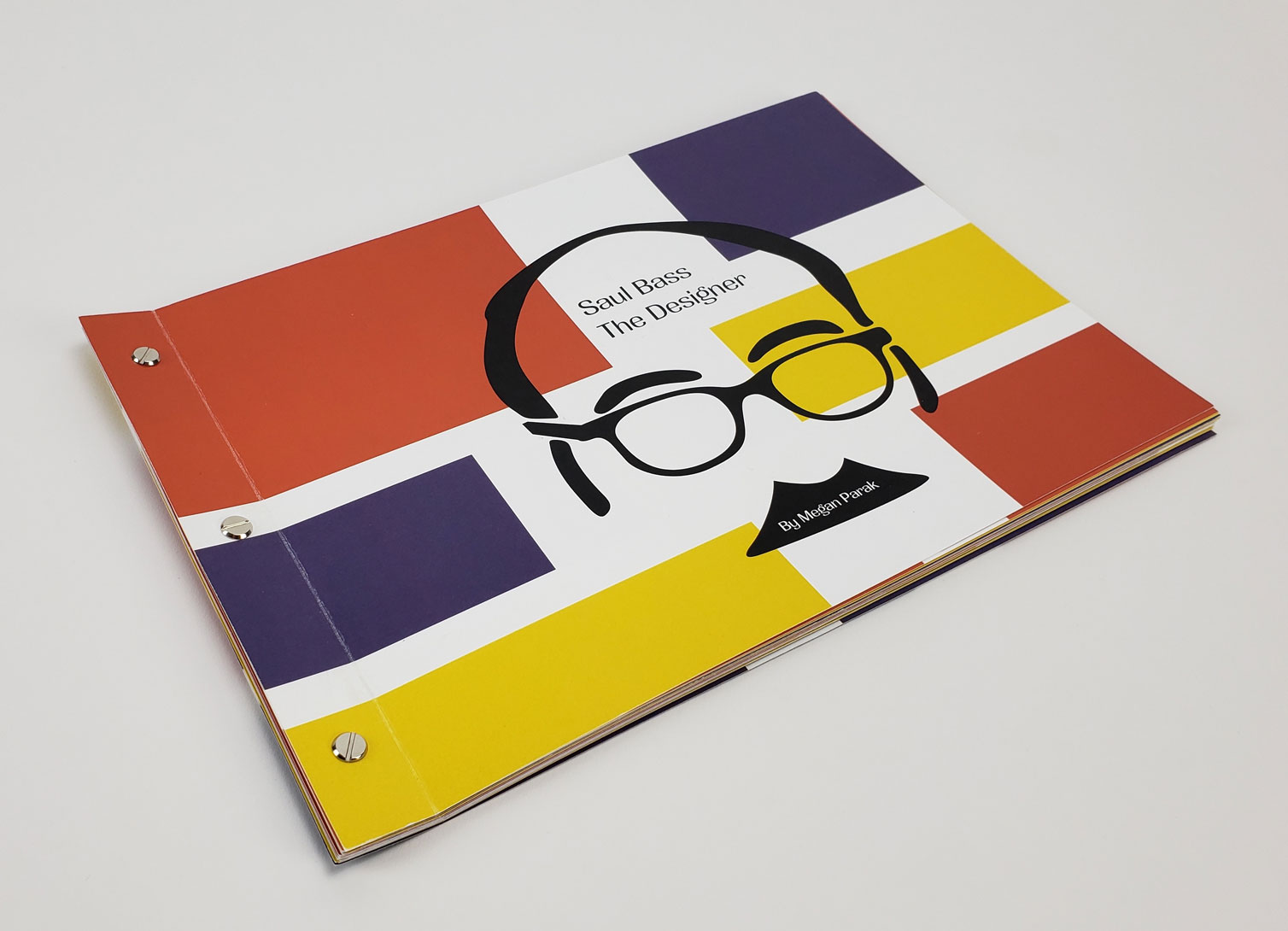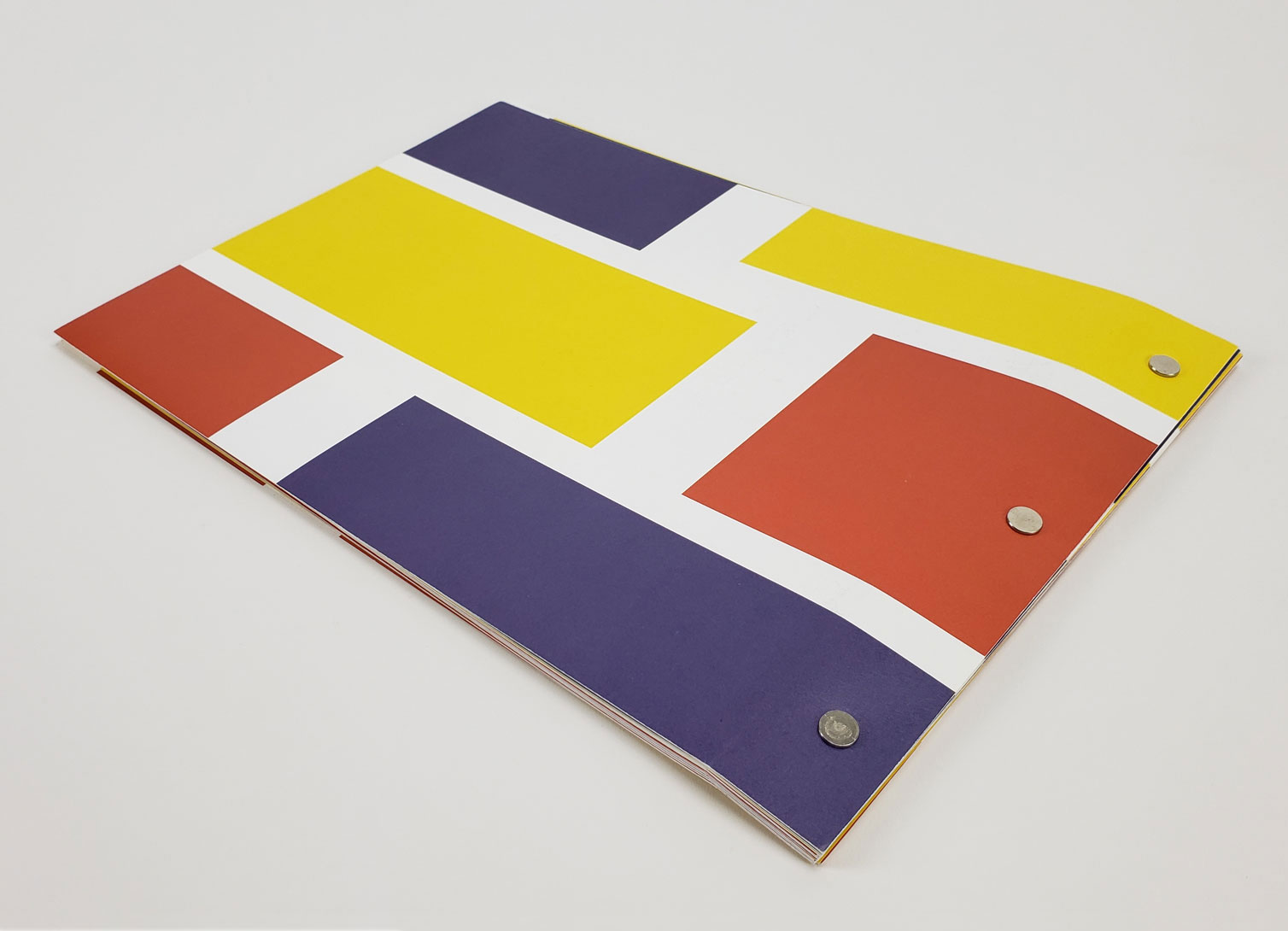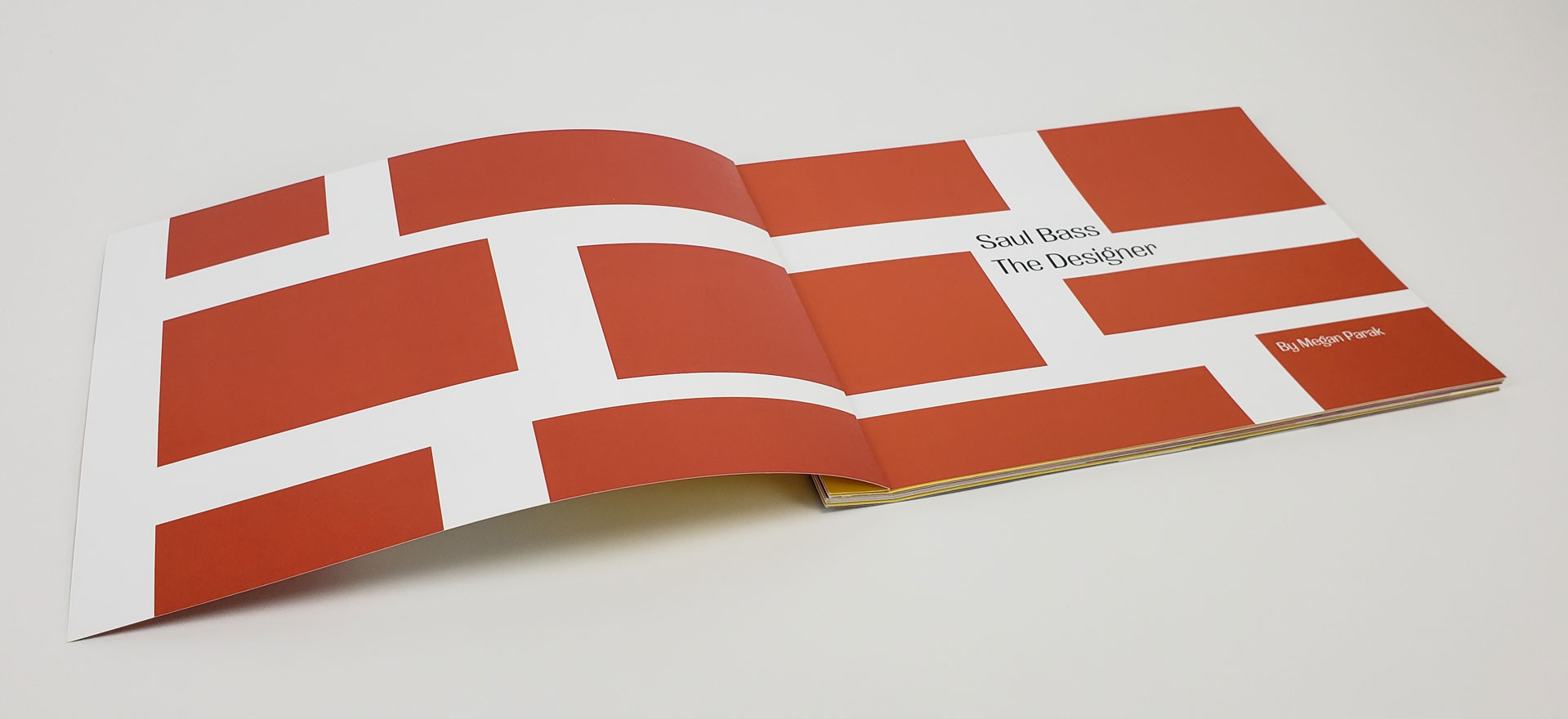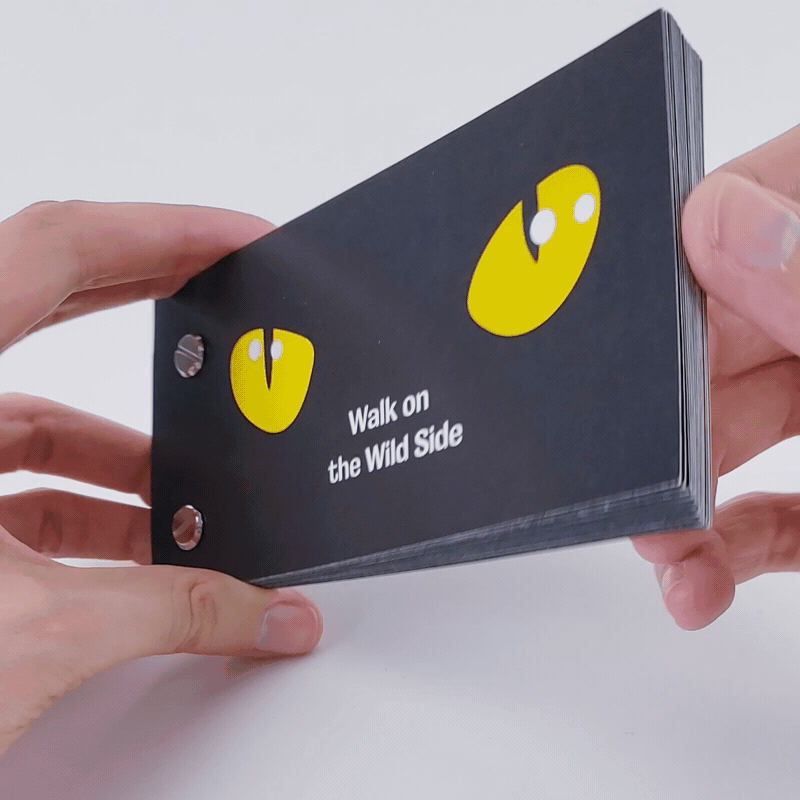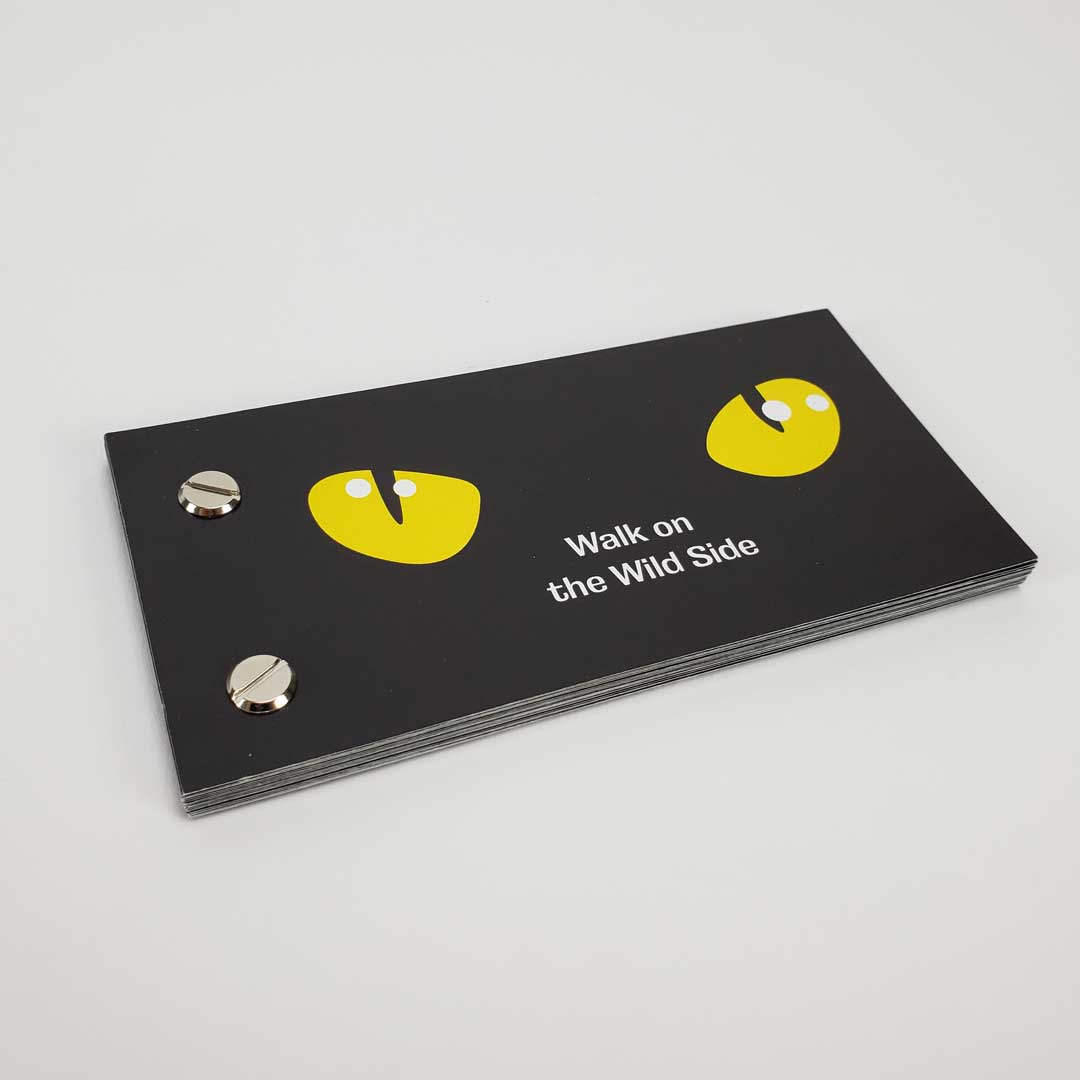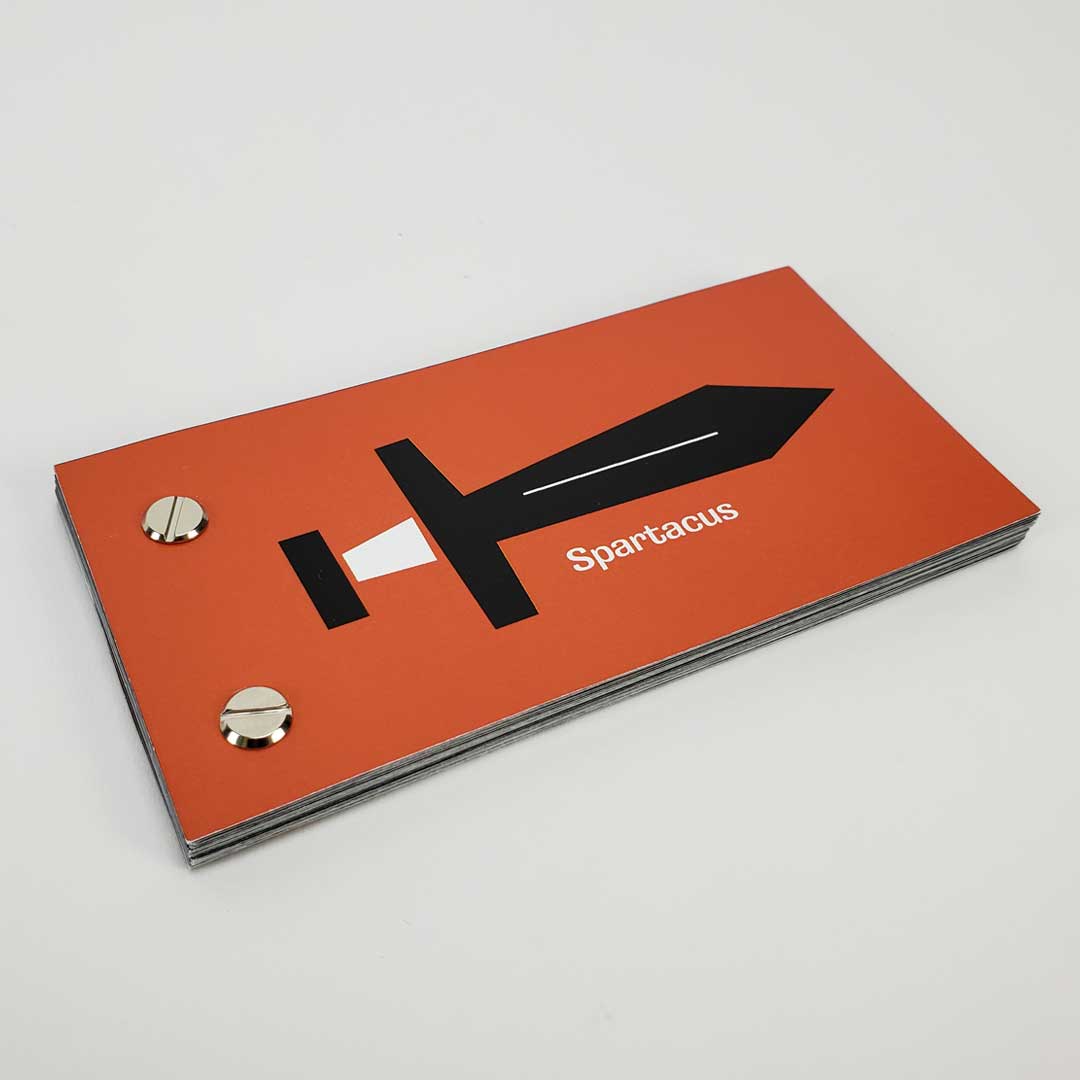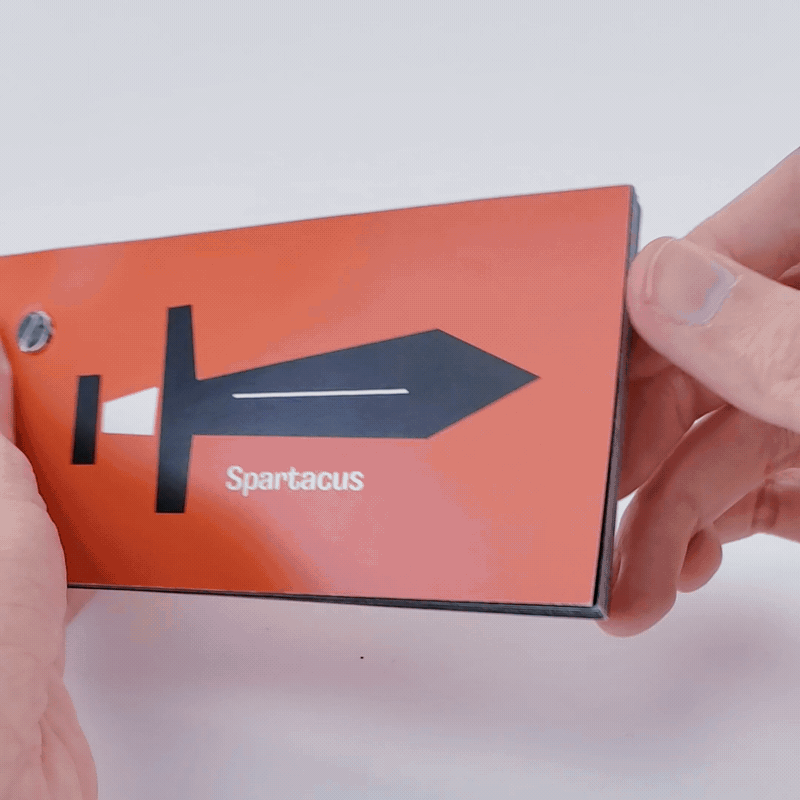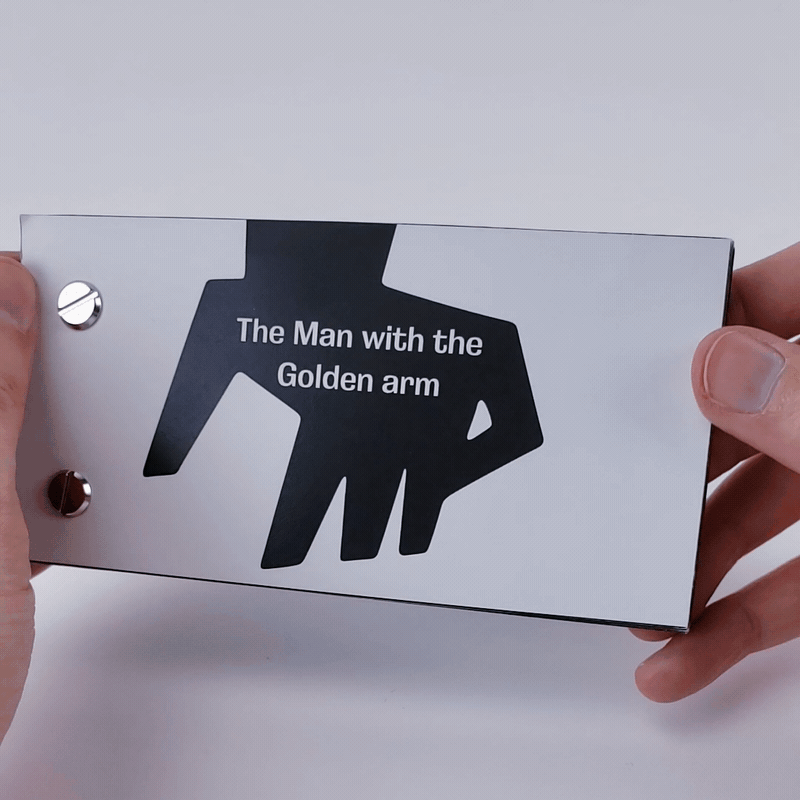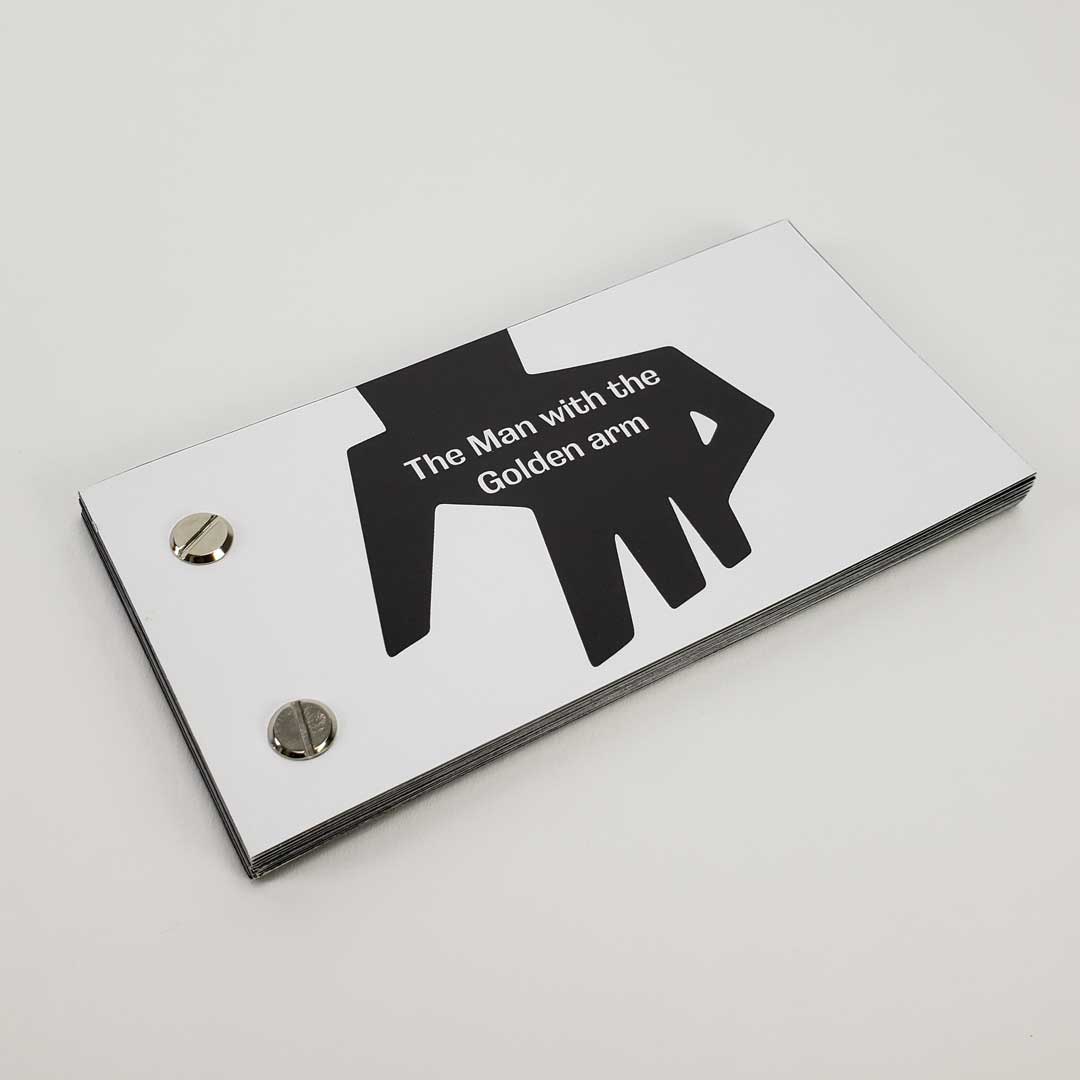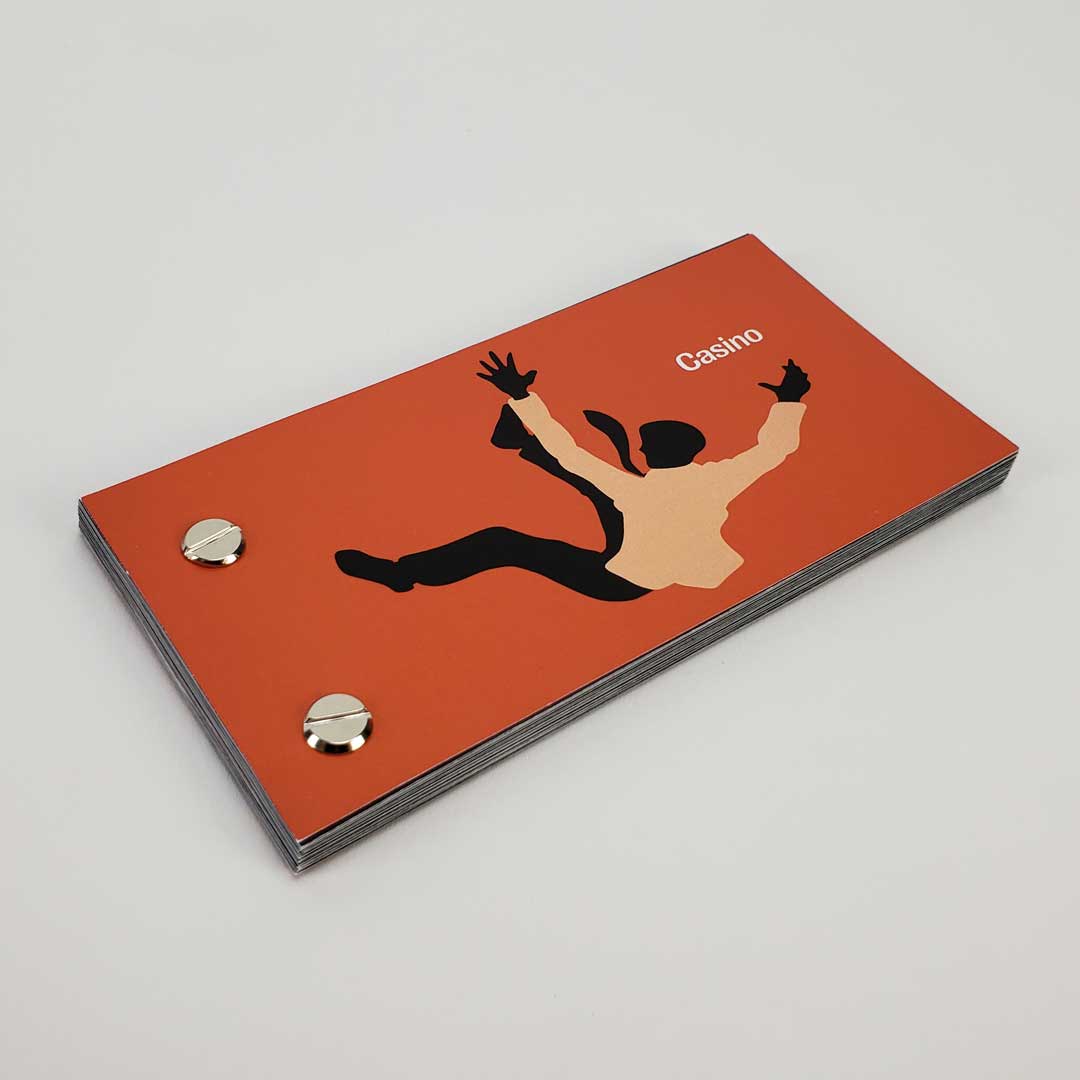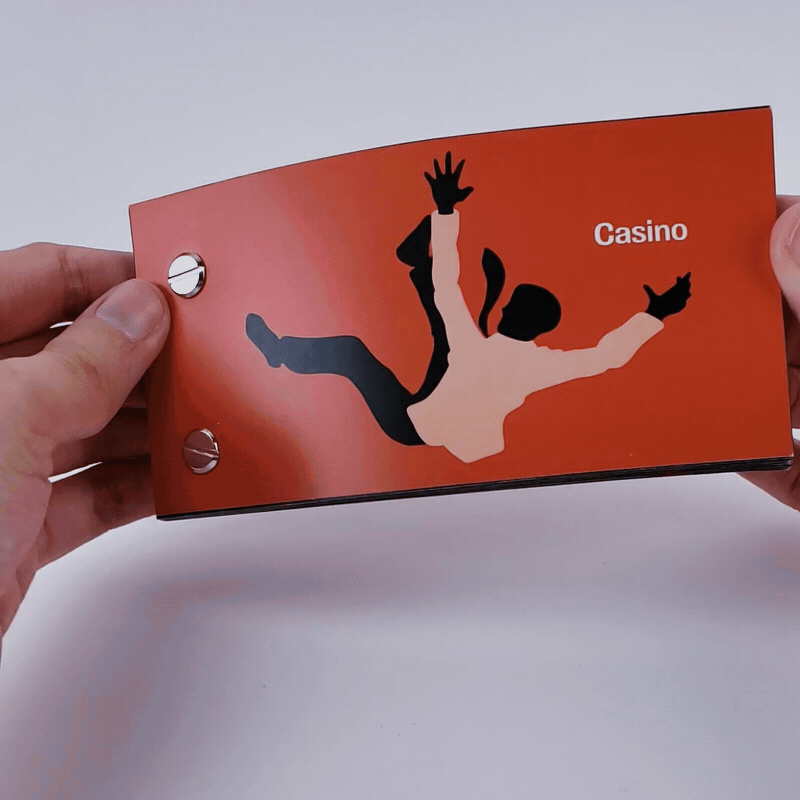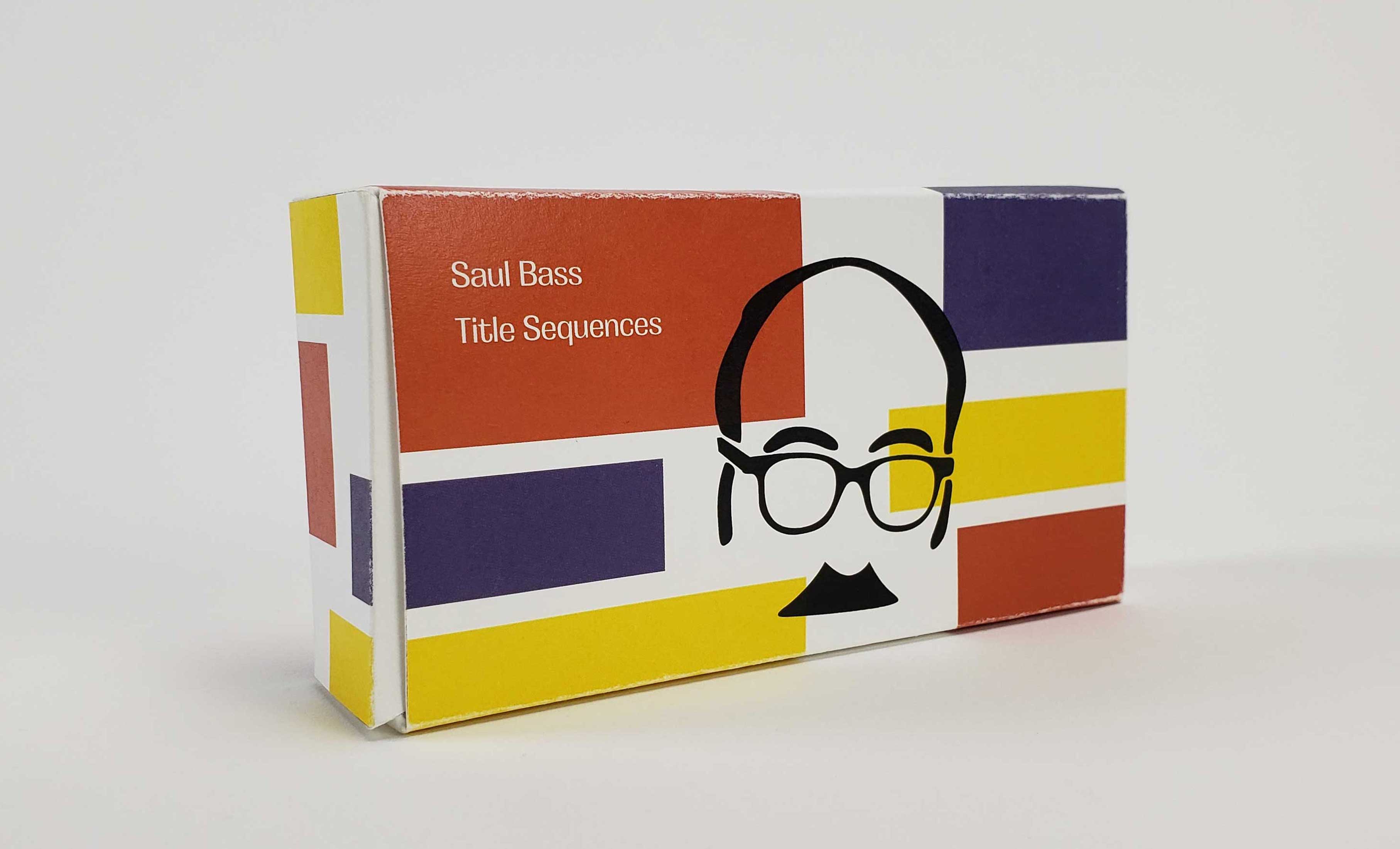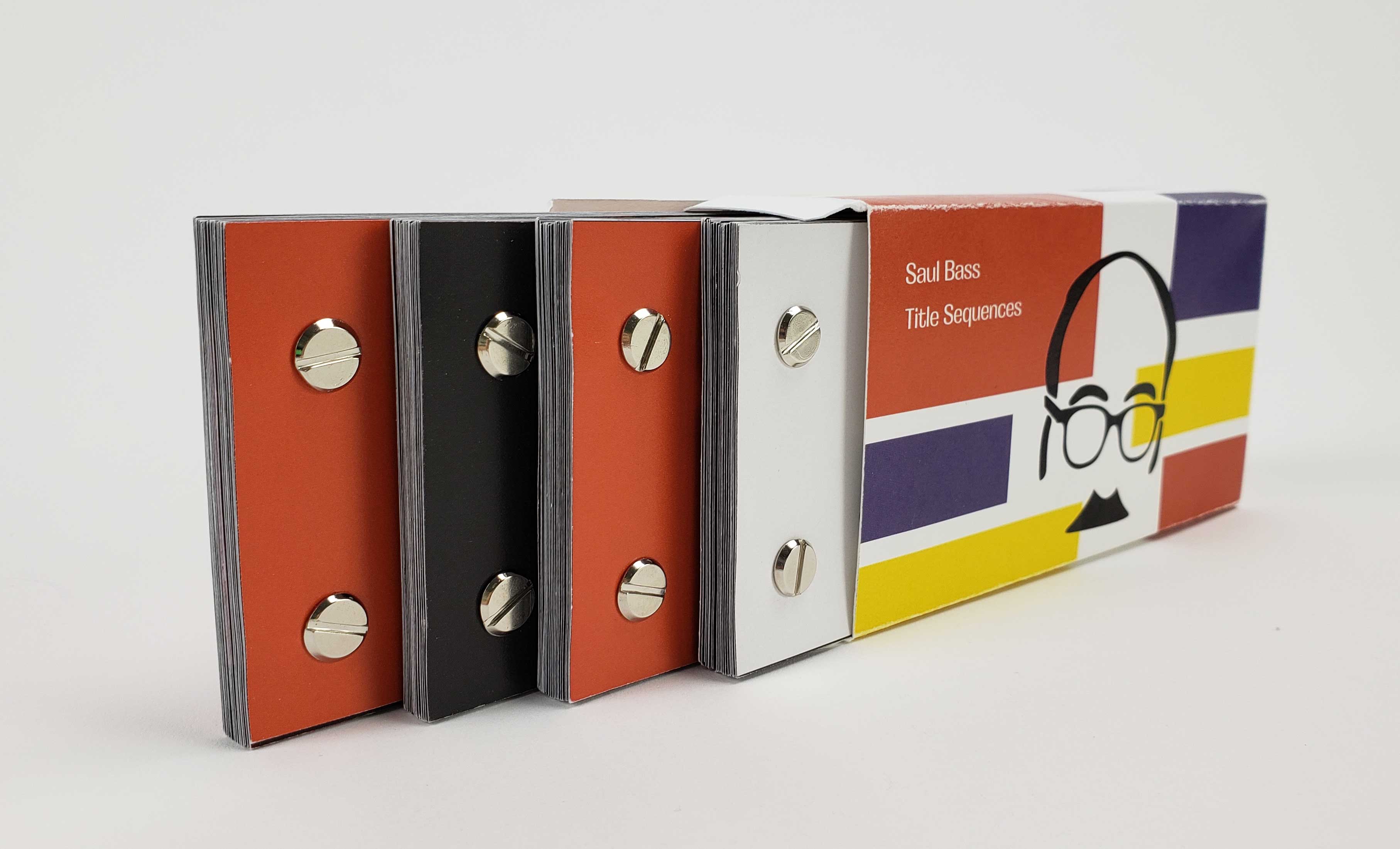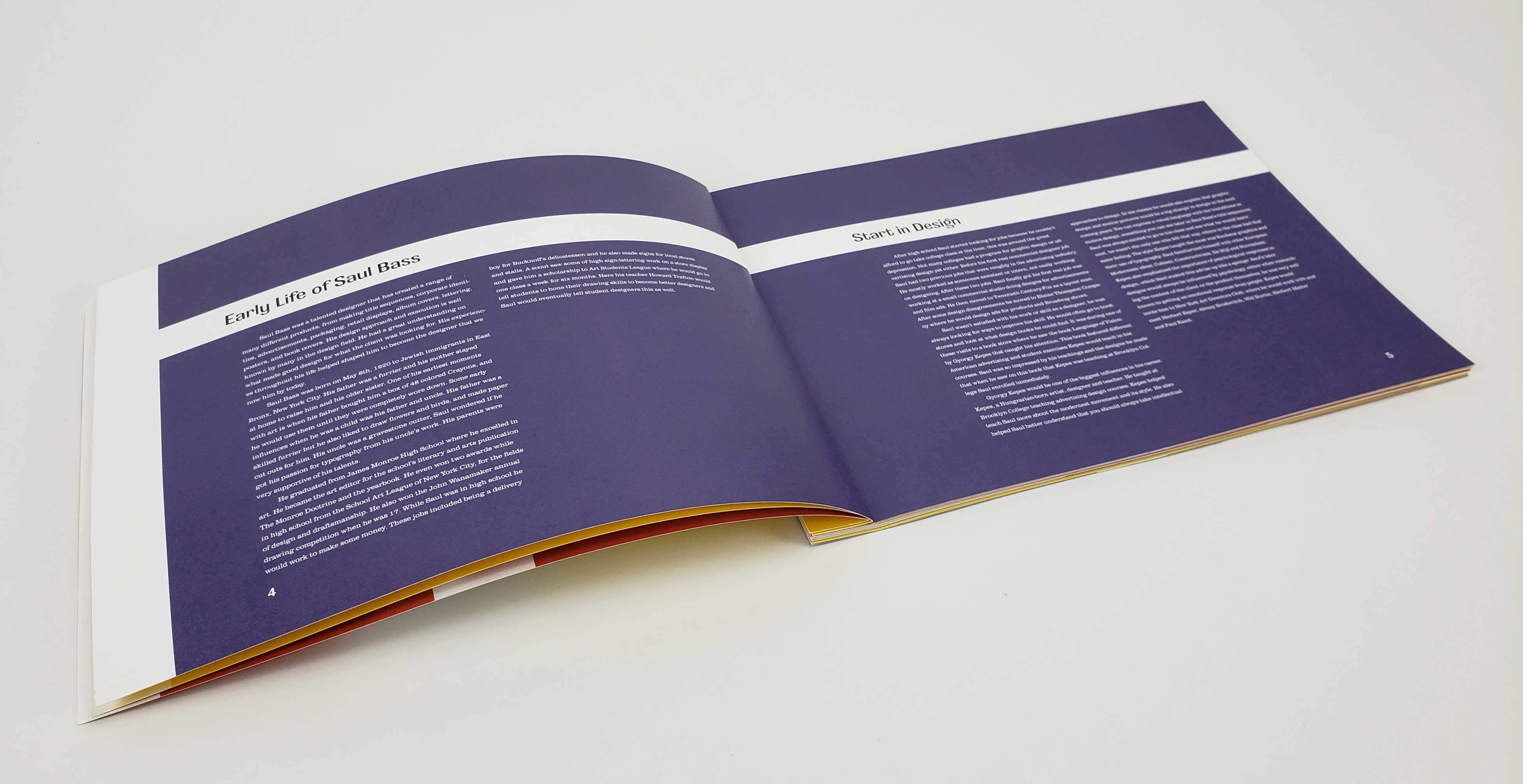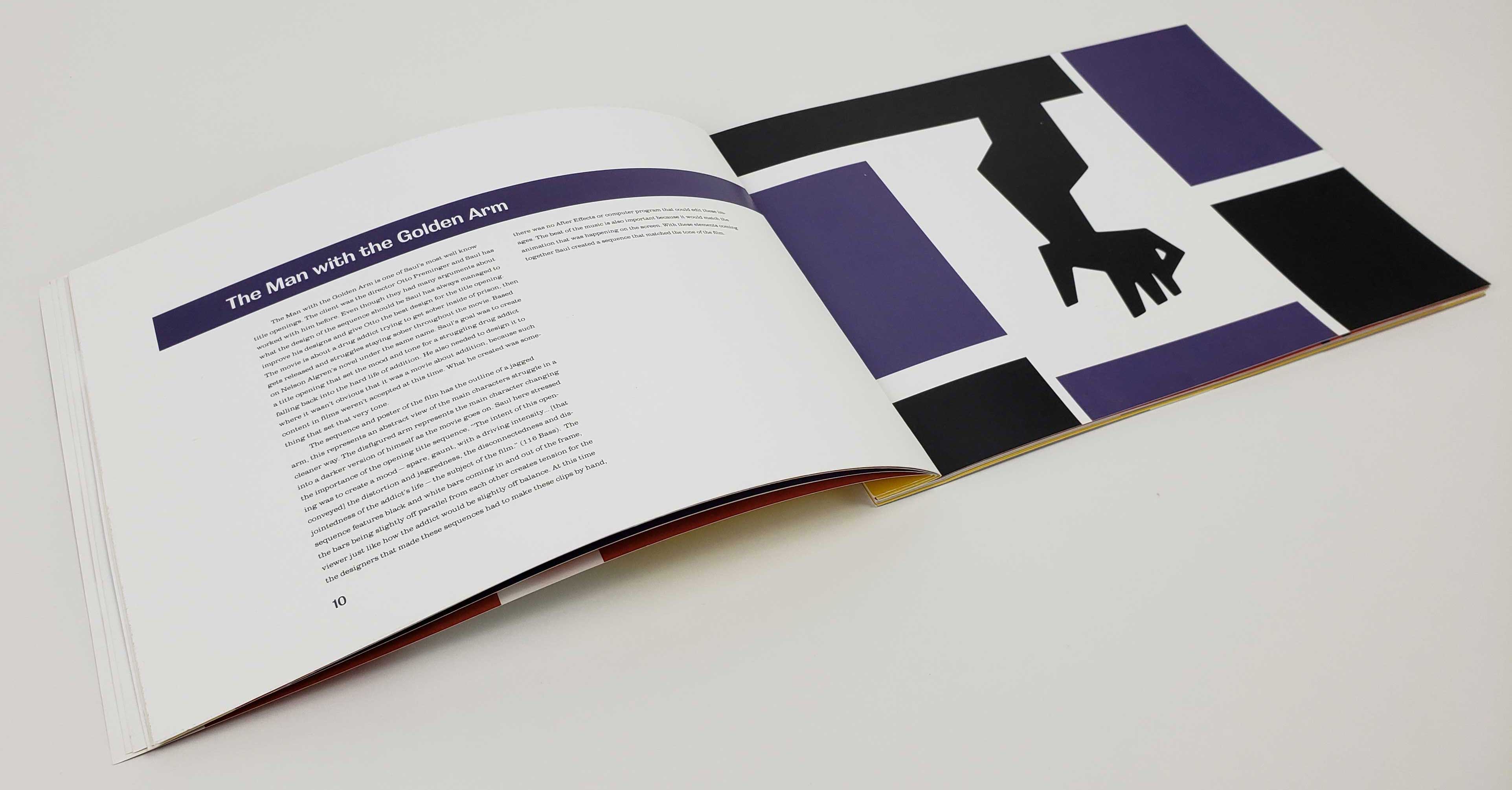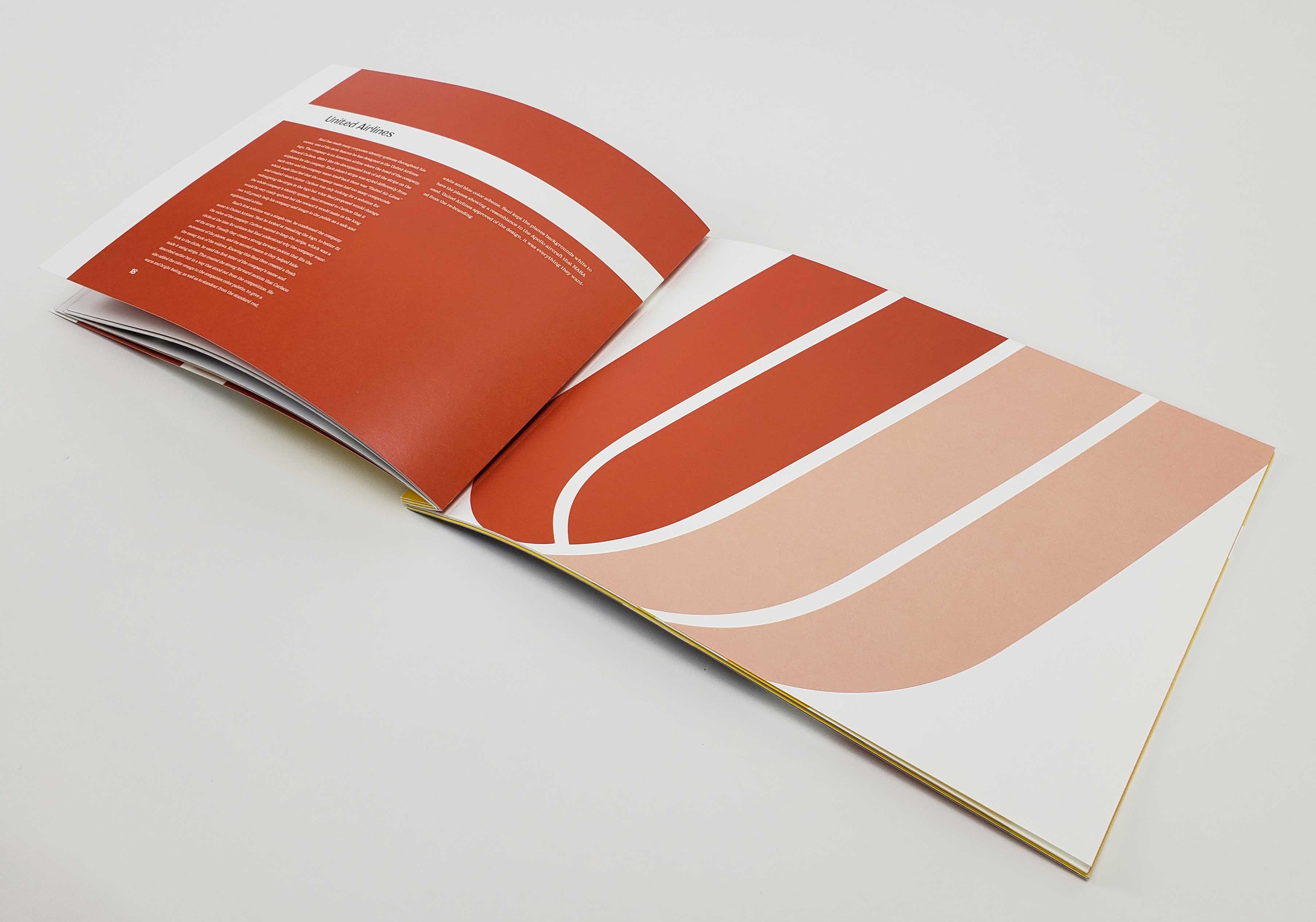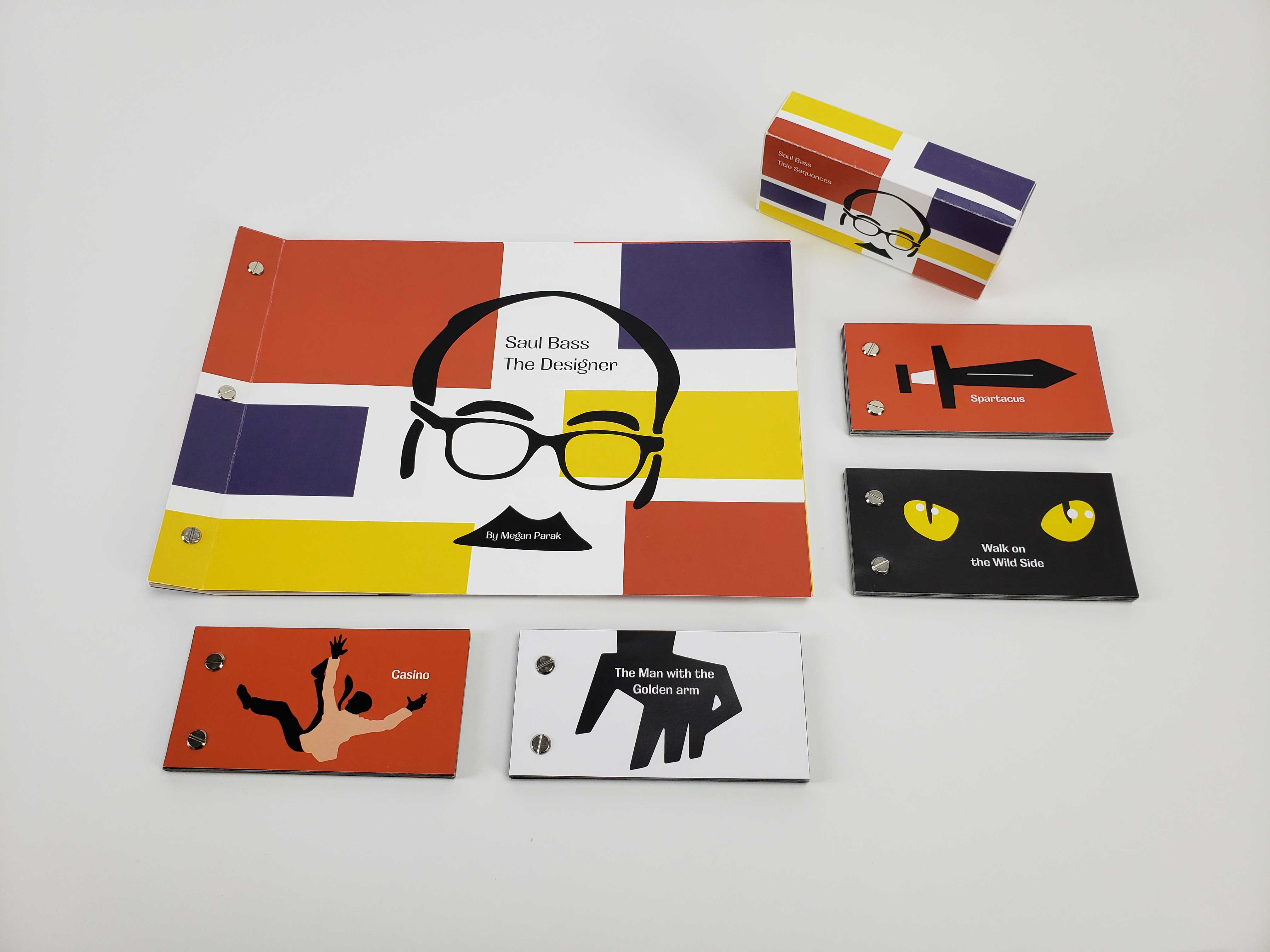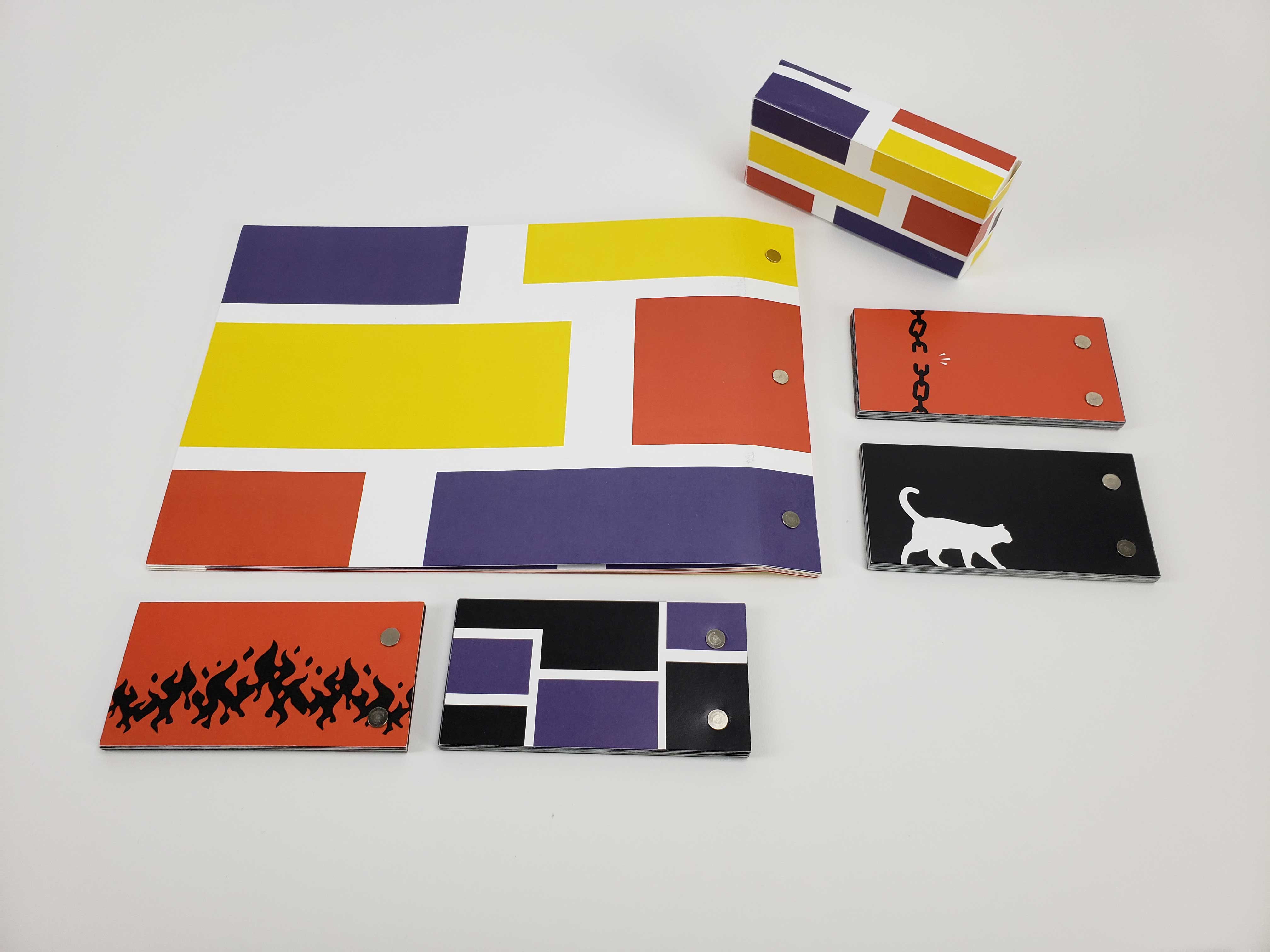Saul Bass Publication
PUBLICATION & PACKAGING
Problem
Researching a historical figure in graphic design and documenting our findings in a book publication. The publication should reflect the style of said graphic designer.
Solution
Saul Bass was known for his clean, minimal design style, particularly in motion picture title sequences, film posters, and corporate logos. His distinctive use of basic shapes made his work in logos and title sequences stand out, leaving a lasting influence on graphic design. This is highlighted through a large, bold publication detailing his work, accompanied by a brief biography. Included are four flipbooks, each featuring a different movie title sequence he created.
